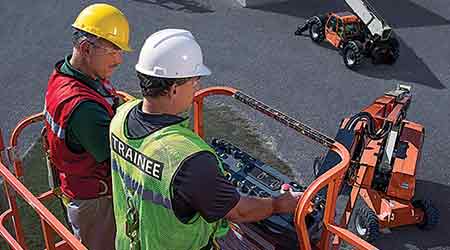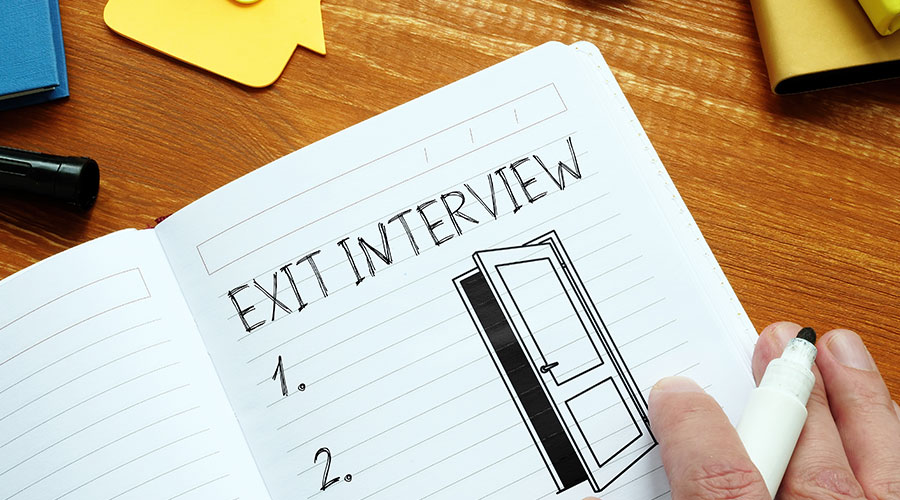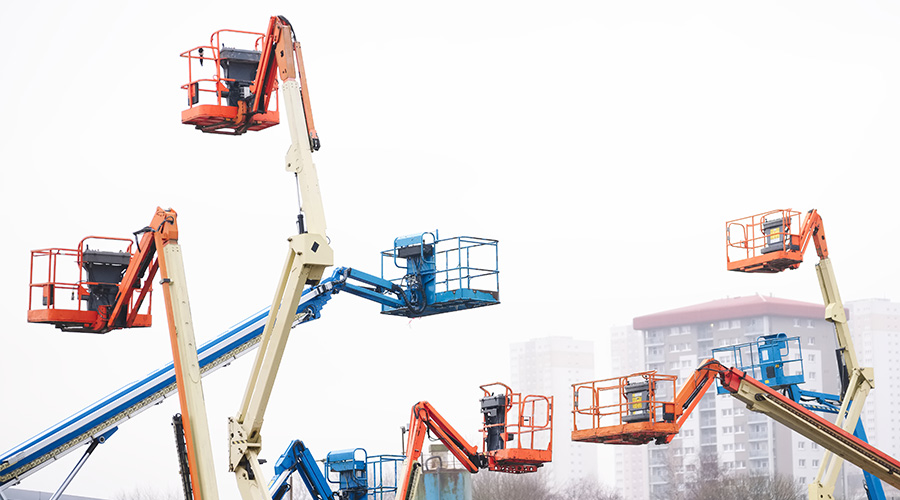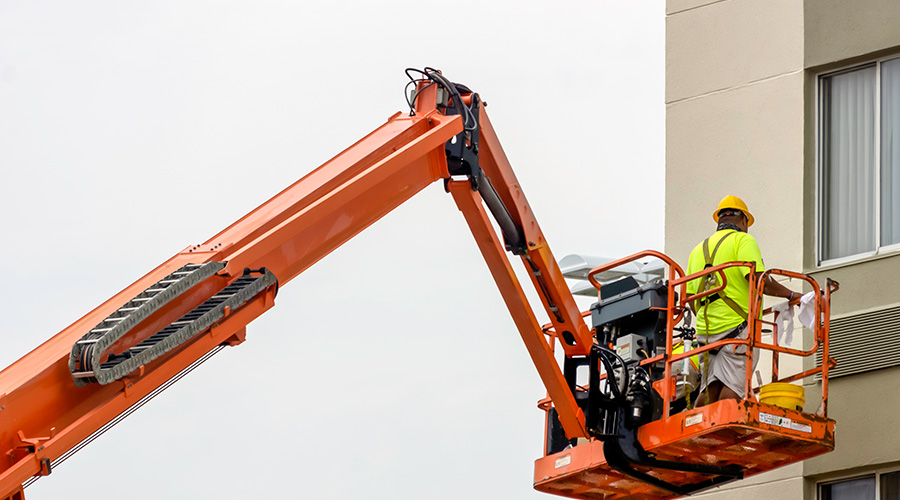 Technology advances make new-generation lifts potentially the safest ever built, but proper use requires that only trained, experienced, certified users operate the equipment to take full advantage of the safety features.
Technology advances make new-generation lifts potentially the safest ever built, but proper use requires that only trained, experienced, certified users operate the equipment to take full advantage of the safety features.Lift Specification: Buy, Rent or Lease?
Once managers understand which kind of lift they need for a specific job, they then need to determine if the best option is to buy, rent or lease a lift.
When deciding whether to buy, rent or lease a lift, maintenance and engineering managers need to view their options in terms of permanence. Buying a new lift requires the most demanding decision-making because it is the most expensive option. Managers need to thoroughly analyze lifting requirements to select a reliable, versatile lift that meets user needs and that technicians will use regularly after the purchase.
The next most costly option is buying used equipment, so the same strategy applies but with a smaller financial impact. Both of these options involve a capital expenditure. Pur chased equipment is depreciated over time, but managers also can finance it over time.
Leasing is a longer-term option, so it is important for managers to seek versatile equipment to handle more types of work and to ensure that the department maintains a high utilization over the lease period.
The daily rate for rental equipment is very high, and the delivery and return costs are spread over just one or a few days. Rentals usually take place for a specific purpose, so managers can write off lease and rental expenses in the year they incur, so they do not involve long-term depreciation issues.
In deciding on the most appropriate option, managers must consider cost and functional issues. Cost issues include the length of the investment, the availability of cash, the investment payback versus payback potential for other investments using the same funds, the interest rate, appropriate levels of worker’s compensation and liability insurance, pickup and delivery costs, and maintenance costs.
Close communication with the organization’s finance and accounting departments, as well as a written agreement with the rental agency, are the best routes to resolving these economic issues.
– Thomas A. Westerkamp
Related Topics:















